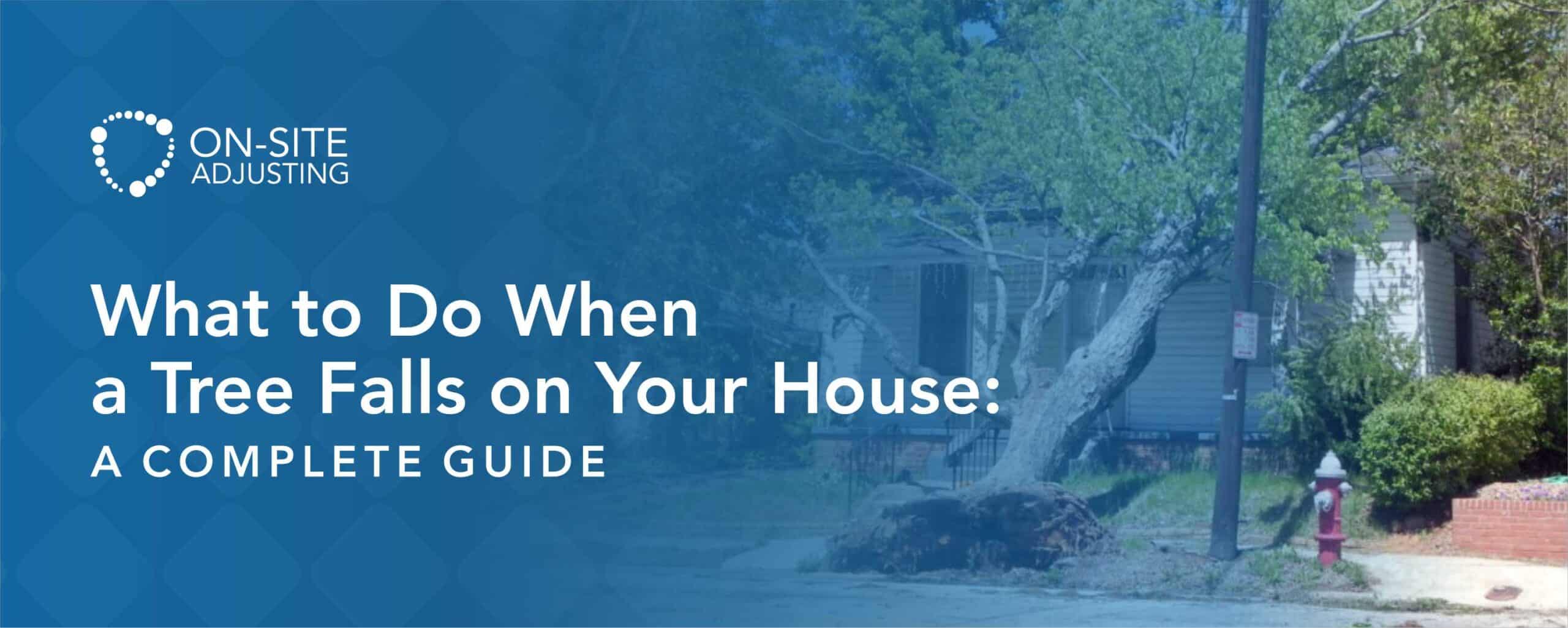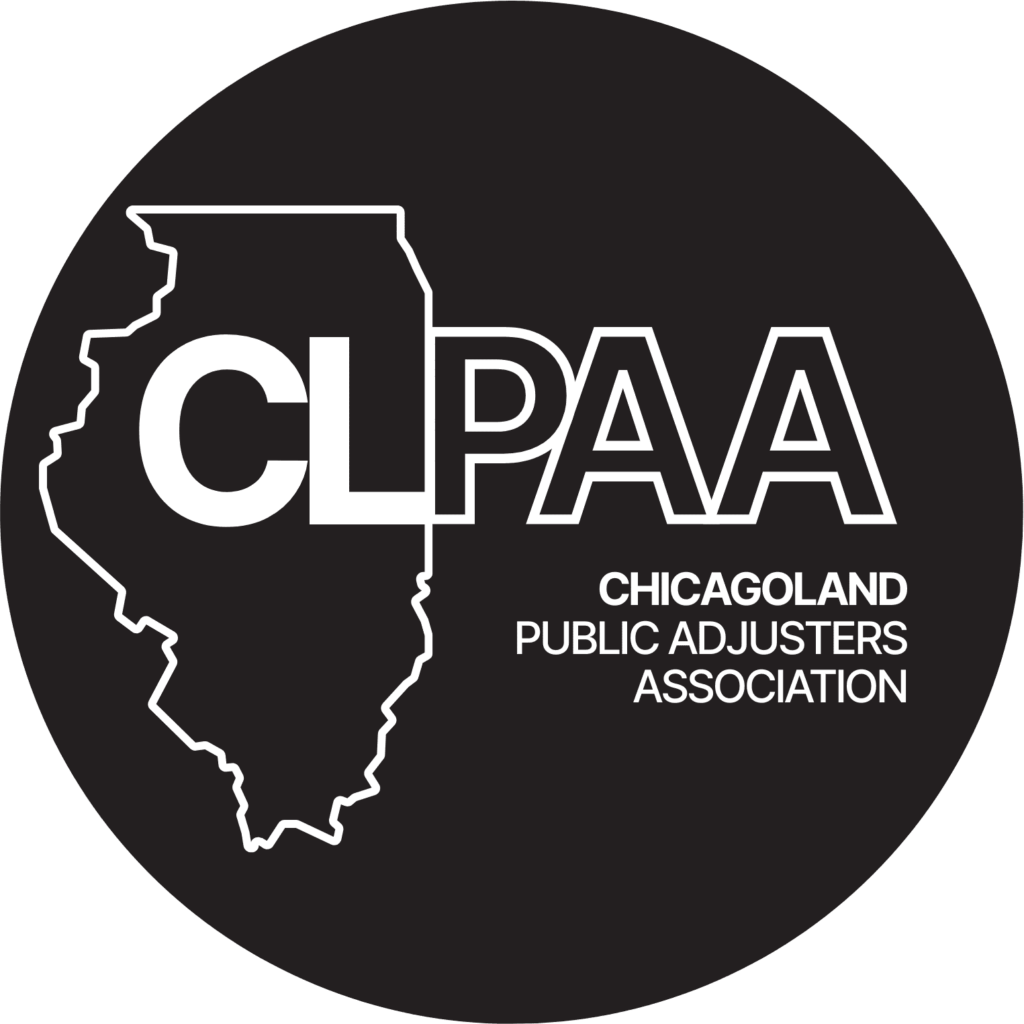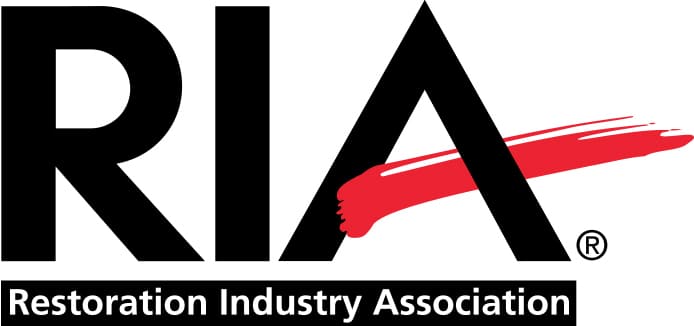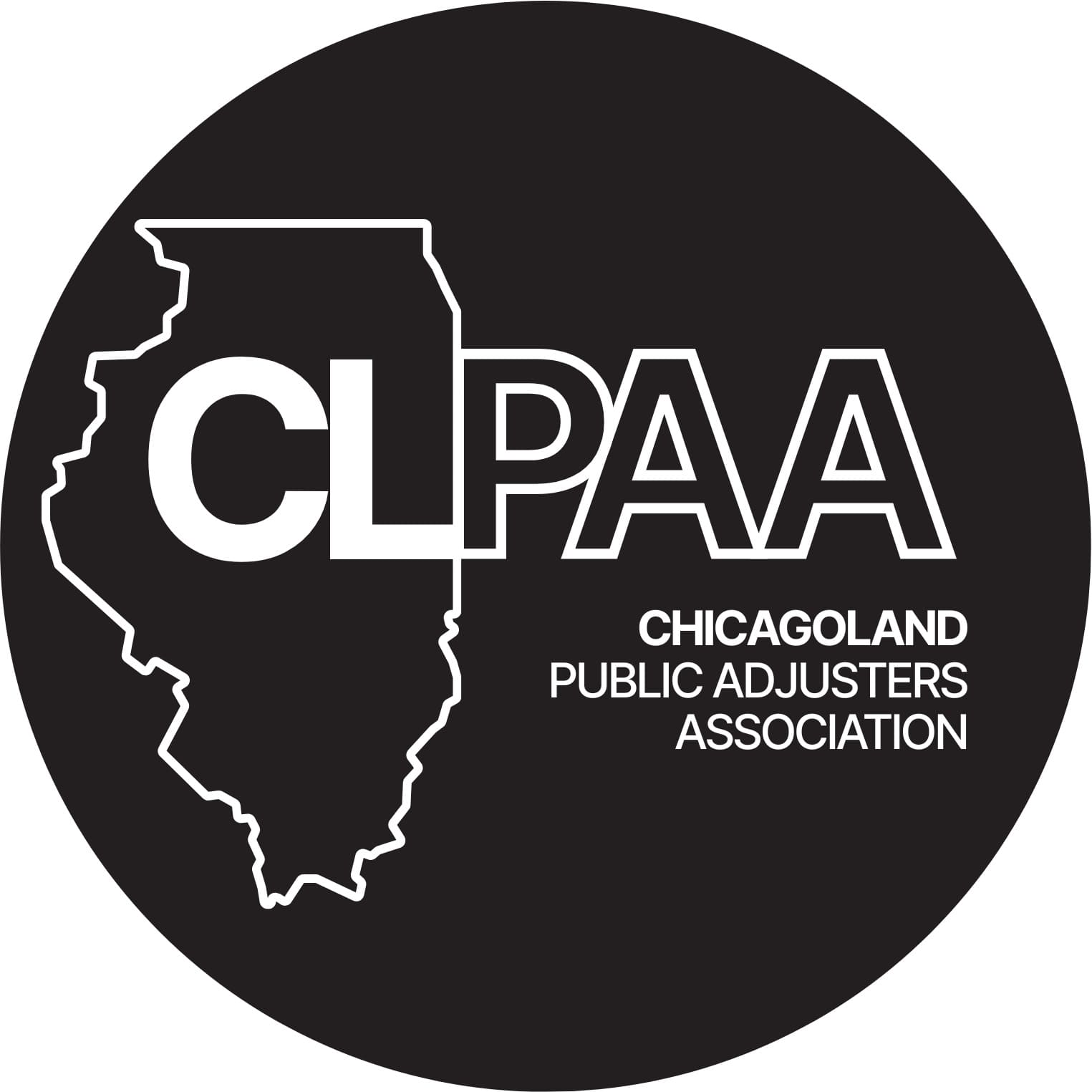
A tree falling on your house is a scenario most homeowners hope they never have to face. However, natural disasters, strong winds, and unforeseen accidents can make this a reality. Knowing what to do in such a situation is crucial for ensuring safety, minimizing damage, and handling the aftermath efficiently.
When dealing with an insurance claim that inevitably follows after a tree falls on your home, contact a public adjuster. It is best to do this before filing your claim as they will provide needed advice. The public adjuster will also handle all parts of the claim on your behalf. This comprehensive guide outlines the necessary steps to take if a tree falls on your house, providing valuable information for further assistance.

What To Do After A Tree Falls On Your Home
Ensure Safety
Your first priority should be to ensure the safety of everyone in the home. Start by evacuating the home and moving to a safe location away from the damaged area. It is key that you steer clear of rooms with structural damage from the tree fall. Additionally, reach out to emergency services to inform them of the situation. Finally, try to turn off your gas, electricity, and water supply.
Assess the Damage
After ensuring everyone’s safety and contacting emergency services, the next step is to assess the damage caused by the fallen tree. You can perform a quick visual inspection of the exterior and interior of your home. Look out for visible damage to the roof, walls, windows, and foundation. Inside your home, carefully check for structural damage, leaks, or any compromised electrical wiring.
After your inspection, ensure you also get a professional assessment of your home. You can hire a structural engineer to conduct a thorough assessment of the damage and provide a detailed report on the needed repairs. You should also be prepared to meet with the insurance adjuster. They will assess the damage and recommend a settlement.
Call A public Adjuster
Navigating the insurance claims process can be complex and overwhelming after a tree falls on your home. Hiring a public adjuster can be a beneficial step in ensuring you receive a fair settlement from your insurance company. Public adjusters are licensed professionals who work on behalf of policyholders to help them file and negotiate insurance claims.
Public adjusters have extensive knowledge of insurance policies and the claims process. They can interpret policy language, identify coverage, and ensure that all aspects of the damage are documented and included in the claim. They understand the tactics insurance companies may use to minimize payouts and can counteract these tactics effectively.
Feeling stuck with your claim? You don’t have to fight alone.
Reach out to us — we will review your claim for free and help you understand your options
Document the Incident
Proper documentation after a tree falls on your home is crucial for insurance claims and potential legal actions. Start by taking clear, detailed photographs and videos of the damage from multiple angles, both inside and outside the house. Ensure that all photos and videos are time stamped for accurate records.
Next, write a detailed account of the incident, including the date, time, and circumstances leading to the tree falling. Collect statements from witnesses, including neighbors and emergency responders, to support your account of the incident.
Contact Your Insurance Company
Filing a claim with your insurance company is a critical step in recovering from the damage caused by the fallen tree. Contact your insurance company as soon as possible to report the incident and start the claims process. Have your policy number and details ready when speaking with your insurance representative. Submit all photographs, videos, and written records to your insurance company to support your claim. Obtain detailed repair estimates from contractors and provide them to your insurer for accurate claim processing. Keep track of your claim status and maintain regular communication with your insurance company to ensure a smooth and timely resolution.
Hire a Professional Tree Removal Service
Removing a fallen tree safely requires professional arborists and equipment. Ask for recommendations from friends, neighbors, or local authorities who have previously used tree removal services. Check online reviews and ratings of local tree removal companies to find reputable and reliable options. Get quotes from at least three different companies to compare services and pricing. Ensure that the quotes include a detailed breakdown of costs, including removal, cleanup, and disposal. Confirm that the company is licensed and insured to protect yourself from liability in case of accidents during the removal process. Choose a company with extensive experience and expertise in handling similar situations.
Repair Your Home
After the tree is removed, the next step is to repair the damage to your home. Hire licensed and insured contractors who specialize in the type of repairs needed, such as roofing, structural, and electrical work. Check references and online reviews to ensure the contractors have a good reputation for quality work and reliability.
Ensure that all repairs comply with local building codes and regulations, and obtain any necessary permits before starting the work. Regularly inspect the repair work to ensure it meets the required standards and addresses all the damage. Once the repairs are complete, have a final inspection conducted by a building inspector to ensure your home is safe to occupy.
Take Preventative Measures
Taking preventative measures can help reduce the risk of future incidents involving trees falling on your property. Have your trees inspected regularly by a certified arborist to identify and address potential hazards. Keep your trees well-maintained by pruning dead or overhanging branches that could pose a risk during storms. Watch for signs of disease or decay, such as discolored leaves, fungus growth, or hollow trunks, and take action to address these issues promptly.
Ensure that the roots of your trees are healthy and stable, as weak roots can lead to tree falls during strong winds or heavy rains. If a tree poses a significant risk to your home, consider having it professionally removed to prevent potential damage. When planting new trees, choose species that are less prone to falling and plant them at a safe distance from your home.
Conclusion
You can experience emotional distress after a tree falls on your home. However, knowing the right steps to take can significantly alleviate stress and ensure a smoother recovery process. Prioritizing immediate safety by evacuating the house and checking for injuries is crucial. Contacting emergency services and utility companies ensures that further hazards are minimized and that professional assistance is on the way.
By following this comprehensive guide, you can navigate the aftermath of a tree falling on your house with confidence and efficiency. Utilizing the expertise of public adjusters and professional services, alongside meticulous documentation and proactive prevention, will help you restore your home and peace of mind. Contact On-Site Adjusting today for all your adjusting and restoration needs.












